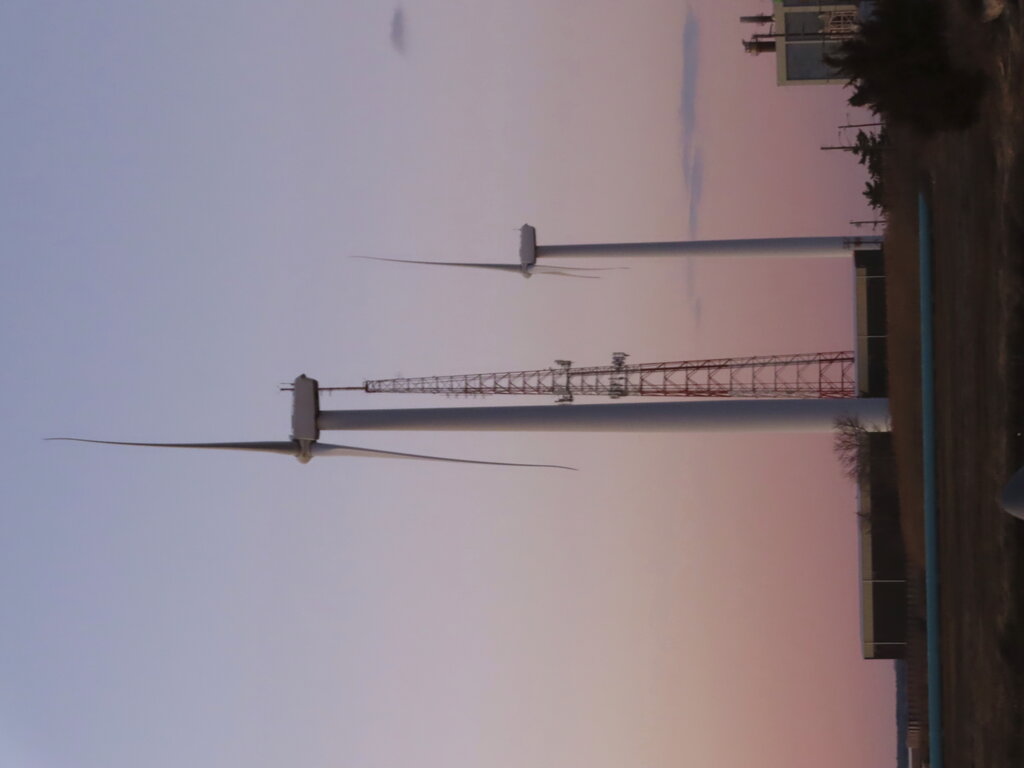Over half of generated power for Poland is to come from sources that are climate neutral, and wind power will play a major role in realizing this goal, according to the Polish Energy Policy until 2040 (PEP2040) document.
The two crucial projects here are nuclear energy and wind farms in the sea, the construction of which should begin next year. A whole new industry will emerge in the north of Poland as a result. It will also mean that most energy will be created in the north rather than south of the country, which could also spark more internal migration to the north of Poland.
This will change the face of the Baltic coast economy away from its current dependence on tourism. Nuclear power plants and sea wind farms will encourage the building of new factories in the area looking to tap into renewable energy. Small fishing ports may be turned into larger ports in order to handle the installation projects for the wind farms. The hotel trade will also become more oriented toward business travelers.
The scale of the investment needed for Poland to meet its wind energy goals is huge, with the PEP2040 paper estimating 1.6 trillion zlotys (€340 billion), the equivalent of three annual state budgets. Moreover, €20 billion of that sum was to be provided from the EU Recovery Fund, and Poland’s allocation to the fund is currently blocked by the European Commission.
However, the war in Ukraine has made access to traditional sources of energy more difficult, and so the pressure is on to develop greater supply from renewable sources. The actual cost is likely to rise, as the estimates were made in 2020-2021, before the current bout of inflation.
The wind farms are now under construction and licenses have been granted to PGE Baltica along with Orsted, PKN Orlen with Northland Power, RWE and OW Ocean Winds, and Polenergia with Equinor. The construction of the wind turbines are to begin next year and set to be operational by 2026.
That timetable is not set in stone, with only rough estimates given. Work in the sea is seasonal and dependent on weather conditions. Coordinating the contractors involved with such a complex project will also present a real challenge. There are additionally legal barriers, which can sometimes create long waiting periods before construction can begin. Delays will add to the cost burden as well.
According to current estimates, the cost of constructing one gigawatt of energy is between 10 and 14 billion zlotys. Every gigawatt generated from renewable sources of energy should give 5 billion zloty added value, as Poland will avoid penalties for emissions, and should translate into the creation of around 10,000 new jobs.
The first stage of the wind power investments assumes the construction of turbines, which should produce 5.9 gigawatts by 2030. However, the potential for the entire Baltic area is estimated to be between 28 and 33 gigawatts. The current power needs of Poland are around 26 gigawatts and growing rapidly.
One downside is that the technology used for the expansion of wind farms will mostly be foreign, and most of the investors looking to build at the 11 sites are of foreign origin.
Another challenge facing the program is the construction timespan of the wind farms. The preparatory phase takes seven years, the initial phase takes two to three years, and then the wind farm is viable for generating energy for another 25 to 30 years. After that, deconstructing the wind farms takes two years.
Stakeholders must also pay close attention to the insurance aspect of the project. A sea wind farm faces an estimated 500 types of risk. Many of these risk factors can delay investments and in some cases make the realization of business objectives impossible. Therefore, adequate levels of security and insurance protection are essential, but also expensive. It is estimated that insurance and security will cost twice as much as for wind farm investments made on a land area of a similar size.






